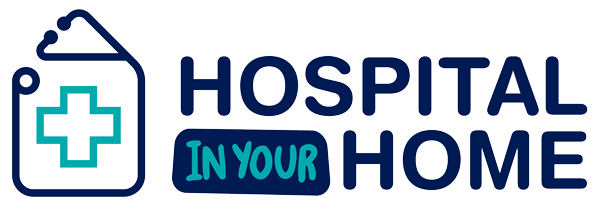
Integrating RPM into Traditional Healthcare Systems: Challenges and Solutions
The promise of Remote Patient Monitoring (RPM) is immense, offering the potential to revolutionize healthcare delivery. However, seamlessly integrating RPM into existing, traditional healthcare systems comes with its own set of challenges. Overcoming these hurdles is crucial for RPM to reach its full potential and become a standard component of patient care.
Key Challenges in RPM Integration:
- Data Silos and Interoperability: Traditional healthcare systems often operate with fragmented data. Integrating RPM data into Electronic Health Records (EHRs) and ensuring seamless data exchange between different platforms can be complex. Without proper interoperability, the real-time insights from RPM may not be fully utilized by care teams.
Solution: Invest in robust integration platforms and APIs that facilitate data exchange between RPM systems and EHRs. Advocate for industry standards for data formatting and interoperability. - Workflow Integration and Staff Training: Implementing RPM requires significant adjustments to existing clinical workflows. Healthcare providers need to be trained on how to use RPM devices, interpret the data, and incorporate remote monitoring into their daily routines without increasing burnout.
Solution: Develop clear protocols and workflows for RPM management. Provide comprehensive, ongoing training for all staff involved, including physicians, nurses, and administrative personnel, focusing on both technical skills and patient communication. - Data Security and Privacy: Handling sensitive patient health information collected via RPM devices necessitates robust data security measures and adherence to strict privacy regulations (like HIPAA). Ensuring the integrity and confidentiality of this data is paramount.
Solution: Implement end-to-end encryption for data transmission, secure cloud storage, and strict access controls. Regularly audit systems for vulnerabilities and ensure compliance with all relevant data privacy laws. - Patient Engagement and Adherence: While RPM offers benefits, some patients may find new technologies daunting or struggle with consistent adherence to monitoring protocols. Educating patients and making devices user-friendly is key.
Solution: Prioritize user-friendly devices and intuitive interfaces. Provide clear, concise patient education materials and ongoing support. Gamification and personalized feedback can also boost engagement.
Reimbursement and Financial Models: The financial models for RPM services can be complex and vary by payer. Ensuring adequate reimbursement for RPM services is vital for sustainable adoption.
Solution: Healthcare organizations need to stay informed about current CPT codes and reimbursement policies for RPM (e.g., Medicare CPT codes 99453, 99454, 99457, 99458). Explore subscription-based models and value-based care contracts that incentivize positive outcomes.
Successfully integrating RPM requires a holistic approach that addresses technological, operational, and financial considerations. By tackling these challenges proactively, healthcare systems can unlock the full potential of RPM to deliver more efficient, effective, and patient-centered care.
Sources:
- SovDoc: “Remote Patient Monitoring Revenue Models Compared [2025]” https://sovdoc.com/remote-patient-monitoring-revenue-models-compared-2025/ (Accessed July 19, 2025)
- Gen By Gen Health: “Best Practices and Strategies for Enhancing Patient Safety in RPM” https://genbygenhealth.com/best-practices-and-strategies-for-enhancing-patient-safety-in-rpm/ (Accessed July 19, 2025)
- 100Plus: “How to Increase Patient Adherence in Remote Patient Monitoring (RPM) Programs” https://www.100plus.com/resource/how-to-increase-patient-adherence-in-remote-patient-monitoring-rpm-programs/ (Accessed July 19, 2025)
